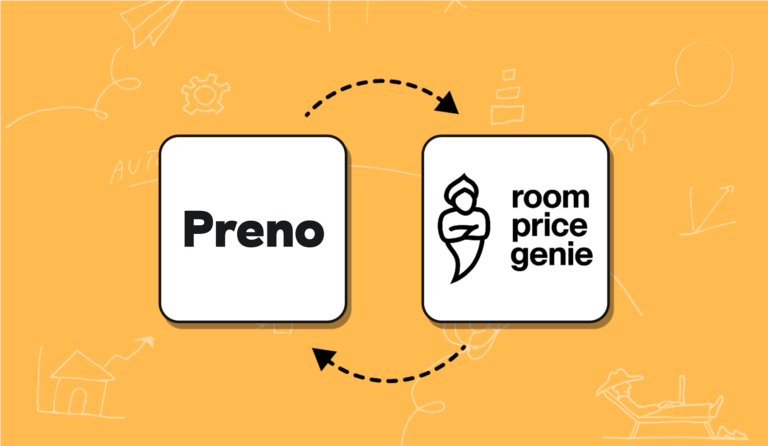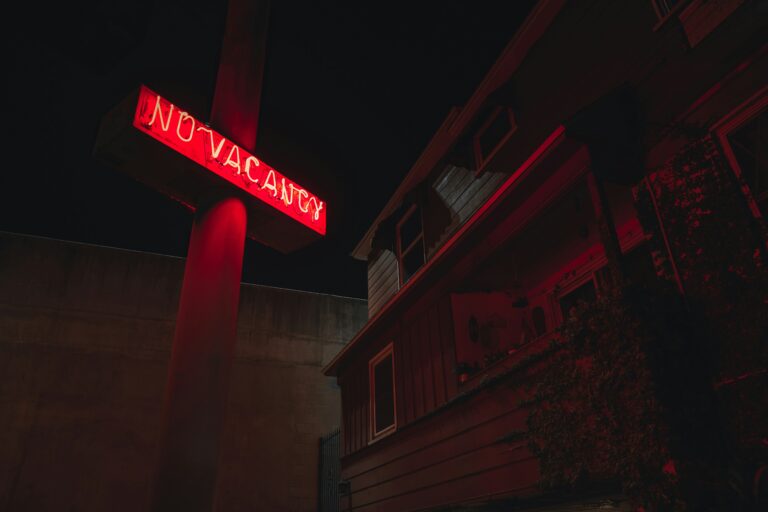Revenue management is a key driver of success for hotels, influencing both daily operations and long-term profitability. To manage revenue effectively, hoteliers must understand and track specific Key Performance Indicators (KPIs). These metrics offer vital insights into business performance and identify areas for improvement.
This guide will cover the most-used revenue management KPIs in the hotel industry, their importance, and how hoteliers can measure and optimise them. Whether you’re a hotel owner, manager, or revenue analyst, understanding these KPIs will help you make strategic decisions for increased revenue and growth.
What Are Revenue Management KPIs?
In hospitality, KPIs (Key Performance Indicators) are measurable values that help gauge how well a hotel achieves its revenue goals. Tracking these KPIs allows hoteliers to assess business health, adjust strategies, and stay competitive.
Most Used Revenue Management KPIs
These are the essential revenue management KPIs for hotels:
1. Occupancy Rate
Occupancy Rate measures the percentage of rooms occupied at any given time. A high occupancy rate indicates strong demand, allowing hoteliers to adjust pricing and maximize revenue.
2. Average Daily Rate (ADR)
ADR calculates the average revenue per occupied room, found by dividing total room revenue by the number of rooms sold. This metric is central to assessing pricing strategy effectiveness and benchmarking against competitors.
3. Revenue per Available Room (RevPAR)
RevPAR combines occupancy and ADR to evaluate how well a hotel fills rooms at optimal rates. It’s a key metric for assessing overall revenue efficiency in the hotel industry.
4. Revenue per Occupied Room (RevPOR)
Unlike RevPAR, which considers all rooms, RevPOR focuses on revenue from occupied rooms only. This KPI offers insight into the earning potential of each room that’s in use, guiding revenue management adjustments.
5. Gross Operating Profit per Available Room (GOPPAR)
GOPPAR measures profitability by dividing gross operating profit by the total number of available rooms. It provides a clear view of overall financial health, making it one of the most critical hospitality KPIs.
6. Total Revenue per Available Room (TRevPAR)
TRevPAR encompasses all revenue streams, not just room rental. It includes income from food, beverages, spa services, and other offerings, allowing hotels to gauge total revenue generation per room.
7. Net Revenue per Available Room (NRevPAR)
NRevPAR takes distribution costs into account, offering a net revenue perspective by subtracting costs like OTA commissions. It’s essential for evaluating true revenue after expenses.
8. Average Revenue per Account (ARPA)
This KPI is especially useful in segments where hotels serve corporate accounts. ARPA reveals the average revenue generated from each account, helping to tailor services for high-value clients.
9. Earnings Before Interest, Taxes, Depreciation, and Amortization (EBITDA)
EBITDA focuses on operational earnings, providing a clear measure of profitability before financial costs are deducted. It’s a core KPI in revenue management and a critical indicator for potential investors.
Importance of Revenue Management KPIs
Using KPIs in revenue management empowers hotels to track performance, make informed adjustments, and align with their revenue goals. These metrics create transparency and accountability, enabling teams to monitor progress and improve profitability consistently. By regularly analyzing KPIs, hotels can stay competitive and respond to market shifts, sustaining growth over time.
What Is Revenue Management?
Revenue management in hotels involves using data to forecast demand, set optimal prices, and allocate resources effectively. By identifying the right guests, timing, and price points, hotels maximize both occupancy and revenue.
What Is Total Revenue Management?
Total Revenue Management expands beyond room revenue, considering all hotel income streams, from food and beverage to spa services. This approach helps optimize each revenue-generating department, providing a comprehensive view of hotel performance.
Revenue Management KPIs FAQs
How often should hotel revenue management KPIs be reviewed?
KPIs should be reviewed regularly—often daily or weekly—depending on the metric. Frequent reviews allow for quick adjustments in pricing and strategy.
What are KPIs for revenue?
KPIs for revenue in hotels include metrics like ADR, RevPAR, and TRevPAR, which measure revenue from different perspectives and inform pricing and sales strategies.
How do you measure revenue management?
Revenue management is measured through KPIs that track occupancy, pricing, and profitability, like RevPAR and GOPPAR, helping hotels gauge their revenue generation.
What are the three key indicators of a hotel’s revenue management?
Key indicators include Occupancy Rate, ADR, and RevPAR, as these cover core aspects of hotel performance: room utilization, pricing, and revenue per room.
Can KPIs in hotel revenue management predict future performance?
Yes, KPIs offer valuable insights into demand trends, enabling hotels to adjust forecasts and pricing to maximise future revenue.
Why Use KPIs in Revenue Management?
Using KPIs in revenue management allows hotels to track their performance and make data-driven decisions. It helps them identify areas of improvement and adjust strategies accordingly to optimize revenue and profitability. By continuously monitoring these metrics, hotels can stay ahead of the competition and adapt to changing market conditions.
Moreover, utilizing KPIs promotes transparency and accountability within a hotel’s revenue management team. It provides a clear benchmark for measuring success and enables team members to align their efforts with the hotel’s overall goals. That way, revenue managers can make informed decisions and drive the hotel’s performance towards sustained growth and success.
Examples of how you would use KPIs at a hotel:
Pricing Strategy Adjustment: The hotel’s revenue manager uses ADR to assess the effectiveness of the current pricing strategy. If the ADR is $150, but they aim for $175, they may decide to adjust room rates by $25 to increase revenue.
Demand Forecasting: The occupancy rate is monitored daily to determine the demand for rooms. If the occupancy rate consistently hovers at 90%, it signals high demand. The hotel can respond by increasing room rates by $20 per night to maximise revenue, aiming for an average rate of $200 per room per night.
Room Inventory Management: RevPAR is used to gauge how effectively the hotel is managing its room inventory. If the RevPAR is $120, and the target is $140, it might indicate that the hotel needs to rethink its pricing or promotional strategies to optimise room revenue by $20 per room.
Comprehensive Revenue Assessment: TRevPAR provides a holistic view of the hotel’s performance by including all revenue sources. If TRevPAR is $250, but the goal is $300, this suggests there is potential to increase ancillary revenue, such as food and beverage, by $50 per room.
Guest Stay Trends: Length of Stay (LOS) is analysed to identify patterns in guest behaviour. If LOS is consistently three nights during weekends, the hotel can tailor packages or promotions to encourage longer stays, aiming to increase the average stay by one night, which can result in an extra $175 in revenue per guest. Conversely, if LOS is consistently low at two nights during certain periods, they might adjust pricing to attract more extended stays, potentially generating an additional $50 per guest.
KPIs are crucial for a hotel’s revenue management strategy. By monitoring and analyzing these metrics, hotels can make data-driven decisions to optimize pricing, manage inventory effectively, and increase revenue. These insights help revenue managers stay ahead of trends and competition, driving sustainable growth. Identifying relevant KPIs and regularly tracking them is essential in the competitive hospitality industry. Implementing KPIs benefits revenue management and boosts profitability. With evolving technology and data analysis tools, tracking and analyzing metrics is vital for success. As the saying goes, “you can’t manage what you don’t measure,” and that holds true for revenue management in the hotel industry.
Transform Your Guest Experience With Preno
With Preno, seamless management is just a click away. Embrace the future of hospitality with our free trial, no strings attached.





